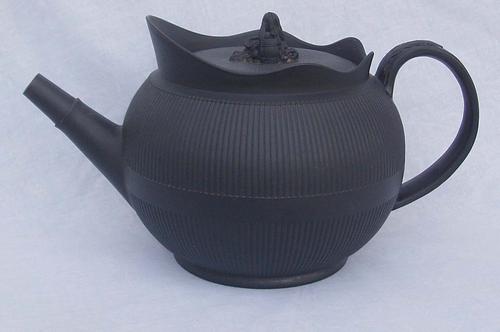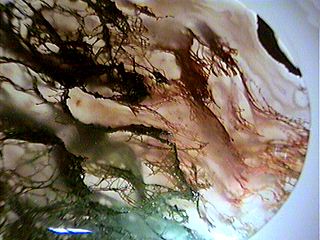These shards are clearly so much more refined
and sophisticated than the often found coarse pottery fragments on the Thames
foreshore.
 |
| Black Basalt Pottery Shards Found Mudlarking on the Thames |
I found a piece of black basalt on my second
ever mudlarking trip. When I asked our Thames Discovery guide what it was he
simply responded ‘Wedgewood’ and indeed it probably is.
Some writers use black basalt interchangeably
with Egyptian black, others draw clear distinctions.
‘ Josiah Wedgewood pioneered the development of
black basalt ware in the late 1760s, creating an exceedingly hard form of vitreous
stoneware that required no external glaze. This new material improved upon an
earlier form of Staffordshire earthenware known as Egyptian Black, which had been
stained with iron oxide to create a black finish. Not only did Wedgewood’s new
material offer greater durability and sheen than its predecessor, it proved far
more suitable for creating finely detailed ornamentation. Black basalt ware
consisted of Staffordshire clay, ground glass slag, manganese oxide and
calcined ochre that had been mixed together and fired at a temperature slightly
lower than that of hard paste porcelain. Wedgewood accentuated the shiny
appearance of this material by applying a varnish, re-firing it and then
polishing it with a cloth dipped in milk.’ Stephan Osdene at materialculture
 |
| Wedgewood Style Black Basalt Teapot 1800 (bid or buy) |
Black Basalt is named after the volcanic rock,
basalt, which was widely used at the time in the manufacture of vases,
candlesticks and busts of historical figures. Wedgewood’s quest was partly
inspired by the desire to emulate the Etruscan black pottery pieces called
‘buchero onto’ that were being excavated at Pompeii at the time and hence neo
classically inspired. The range of goods was impressive, vases, lamps, ink
stands, candlesticks, ewers (a vase shaped jug which is often decorated), plaques and tableware. The tea and coffee ware with its cups, milk
jugs, tea pots and sugar bowls was the most popular. Their capacity to withstand boiling water
being poured directly into them without
cracking made them popular on two fronts function and design.
Black Basalt was a huge hit in its day,
Wedgewood’s first major commercial success. In the height of its popularity in
1790-1800, selling out more quickly than it could be produced. After Wedgewood, many
factories began to produce black basalt ware, notably Spode and Neale, some
even copied his designs.



















